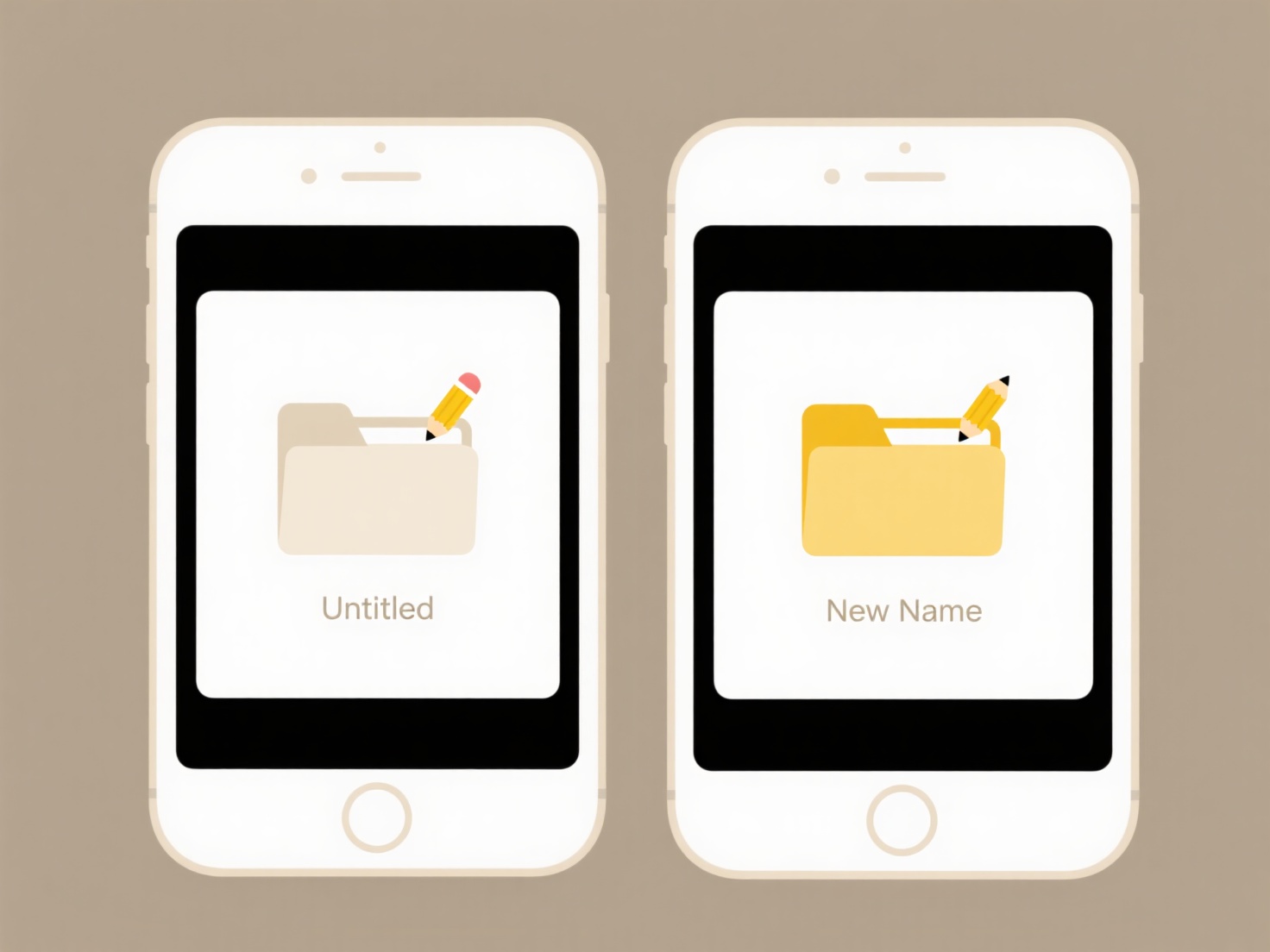
A corrupted file is damaged and unreadable by software that normally opens it, often due to unexpected shutdowns, storage media errors, virus attacks, or transfer issues. Unlike a missing file, it physically exists but contains scrambled or incorrect data. Recovery attempts focus on repairing this data structure or extracting usable information using specialized tools or built-in features.
Practical recovery methods include using native software features, like Microsoft Word's "Open and Repair" option for documents, or attempting restoration from backup copies via services like Google Drive, OneDrive, or Time Machine. For system files or situations without working backups, dedicated data recovery software (e.g., Recuva, Disk Drill, Stellar Repair) scans storage for recoverable fragments. Photo repair tools are also available for corrupted image files.

Recovery success depends heavily on the corruption's extent and cause; minor damage may be fully fixable, while severe corruption might only allow partial data salvage. Reliable recovery software offers the best chance, but free tools have limitations, and expensive solutions may not guarantee results. The inability to recover crucial data underscores the critical importance of regular backups to external drives or cloud services as the ultimate safeguard against permanent loss.
How do I recover a corrupted file?
A corrupted file is damaged and unreadable by software that normally opens it, often due to unexpected shutdowns, storage media errors, virus attacks, or transfer issues. Unlike a missing file, it physically exists but contains scrambled or incorrect data. Recovery attempts focus on repairing this data structure or extracting usable information using specialized tools or built-in features.
Practical recovery methods include using native software features, like Microsoft Word's "Open and Repair" option for documents, or attempting restoration from backup copies via services like Google Drive, OneDrive, or Time Machine. For system files or situations without working backups, dedicated data recovery software (e.g., Recuva, Disk Drill, Stellar Repair) scans storage for recoverable fragments. Photo repair tools are also available for corrupted image files.

Recovery success depends heavily on the corruption's extent and cause; minor damage may be fully fixable, while severe corruption might only allow partial data salvage. Reliable recovery software offers the best chance, but free tools have limitations, and expensive solutions may not guarantee results. The inability to recover crucial data underscores the critical importance of regular backups to external drives or cloud services as the ultimate safeguard against permanent loss.
Quick Article Links
What apps can open Office files on mobile?
Office file formats like Word (.docx), Excel (.xlsx), and PowerPoint (.pptx) are commonly used for documents, spreadshee...
How can I prevent duplicate files when copying folders?
Duplicate files occur when identical content is copied multiple times to a destination, wasting space and creating confu...
How do I manage legal hold policies in cloud vs local storage?
Legal hold policies ensure data preservation during litigation or investigations. In local storage, this involves manual...